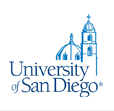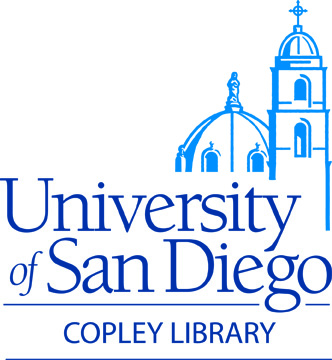Rediscovering Livingstone: Livingstone Online
Location
Rotunda / Garden of the Sea
Session Type
Poster
Start Date
2-5-2017 2:45 PM
End Date
2-5-2017 3:25 PM
Keywords
Digitization, Spectral Imaging, Livingstone, Transcriptions, Online Library
Abstract
David Livingstone comes down to us as an adventurer, a hero, and an abolitionist, but through the digitalization of his diaries and journals, we now see a more complete picture of Livingstone. The technology used to uncover Livingstone’s writings also revealed an untold story of massacre and slavery, and an event that prompted Livingstone to consider his own culpability in the slave trade.
The digitalizing of David Livingstone’s field diaries, journals, and letters is one of the largest projects in the digital humanities. Until now, we have not had access to Livingstone’s original field diary from 1871, when Livingstone was stranded in a village on the Congo; this diary was already illegible when it was brought back to England after his death. Now, with transnational collaboration from scholars and the UCLA digital library program, multispectral imaging has revealed Livingstone’s words that were otherwise lost.
Legible and available to the public for the very first time, the 1871 field diary recorded one of the darkest moments of Livingstone’s travels and, indeed, of his life. Through this project, we are able to compare the 1871 field diary with the official 1872 version that Livingstone meant for publication, with astounding results. Through spectral imaging, the compilation of Livingstone’s writings in digital form not only allows us to rediscover Livingstone’s words, but it allows the public and scholars alike to compare versions of Livingstone’s accounts as well as to thoroughly research a number of topics, including Britain’s imperial mission and African culture.
Rediscovering Livingstone: Livingstone Online
Rotunda / Garden of the Sea
David Livingstone comes down to us as an adventurer, a hero, and an abolitionist, but through the digitalization of his diaries and journals, we now see a more complete picture of Livingstone. The technology used to uncover Livingstone’s writings also revealed an untold story of massacre and slavery, and an event that prompted Livingstone to consider his own culpability in the slave trade.
The digitalizing of David Livingstone’s field diaries, journals, and letters is one of the largest projects in the digital humanities. Until now, we have not had access to Livingstone’s original field diary from 1871, when Livingstone was stranded in a village on the Congo; this diary was already illegible when it was brought back to England after his death. Now, with transnational collaboration from scholars and the UCLA digital library program, multispectral imaging has revealed Livingstone’s words that were otherwise lost.
Legible and available to the public for the very first time, the 1871 field diary recorded one of the darkest moments of Livingstone’s travels and, indeed, of his life. Through this project, we are able to compare the 1871 field diary with the official 1872 version that Livingstone meant for publication, with astounding results. Through spectral imaging, the compilation of Livingstone’s writings in digital form not only allows us to rediscover Livingstone’s words, but it allows the public and scholars alike to compare versions of Livingstone’s accounts as well as to thoroughly research a number of topics, including Britain’s imperial mission and African culture.




